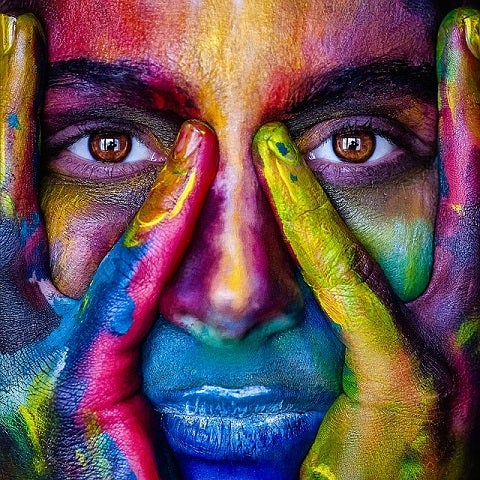
American writer, poet, feminist, and civil rights activist Audre Lorde once noted, “There is no such thing as a single-issue struggle because we do not live single-issue lives.” I find this statement, this proclamation of what is so commonly experienced and much less often discussed, to be particularly powerful. In a straightforward and unpretentious manner, it draws our attention to an experience that is shared and universal among humans, while at the same time being inherently unique and distinct from person to person.
One aspect of this quote which resonates with me is the notion…scratch that…the undeniable reality that as humans, we are complex, nuanced, multi-layered beings who are comprised of a vast constellation of identities, roles, and positions in the world. What Audre Lorde is drawing our attention to is the concept of intersectionality. You likely have come across this term in the past, whether in social circles, classroom discussions, comments made by your “woke” friends, or around campus…and for good reason. As we strive as a society to embrace values of pluralism and social inclusion, we must also embrace the fact that we are not unidimensional beings, but multi-layered individuals whose identities are constantly and dynamically at play in whatever situation we encounter.
Intersectionality, at its essence, maintains that the various social stratifications that exist (e.g., race, ethnicity, gender identity, sexual orientation, ability, age, socioeconomic status, etc.), do not exist separately from one another, but are interwoven together. In other words, each one of our identities does not live on an island in isolation from our other identities, they all interact with one another like a puzzle with varying interlocking pieces that ultimately contribute to the larger picture … and in the case of humans, our whole self. However, unlike a puzzle, which is fixed and static once completed, our identities and the intersections among them are dynamic and therefore flexibly shift based on time, place, situation, and other pieces of context.
As a legally blind person of Afro-Caribbean descent, as a person whose mother was Afro-Latinx but who could “pass” for Spanish, as a person who identified as lesbian, and as a person who was an artist and who matriculated through higher education as a Black woman in the 1950’s, Audre Lorde didn’t have to look far from her own experience to understand the concept of intersectionality. I imagine that she encountered some situations in which her identity as a woman felt most salient, others which brought her blackness to the forefront, others where her queerness was more prominent, and still others which may have made salient the interconnections among her identity as a Black, queer, woman. I’d ask you to think of an example in your life when you felt that one or some of your identities were particularly salient in the situation. What about that situation made those identities feel prominent?
What I find interesting about the notion of intersectionality is that it is something that relates to all human beings, whether we are consciously aware of its role in our lives and in society — or not. However, just because intersectionality in and of itself is ubiquitous among humans, our experience of it in the world can vary drastically based on the identities we carry and how they intersect.
Let’s ponder an example.
Knowing someone’s ethnicity can partly inform us about the experience of an individual. However, when we look at the interaction of ethnicity with other identity variables (e.g., gender, socioeconomic status, sexual orientation) we begin to get a much more nuanced understanding of that person and the lived experiences they may have.
For me, identifying as Latinx and Jewish and from a mixed and blended family is quite salient. As a multi-ethnic individual with light skin who frequently “passes” as being Anglo or Euro-American, the intersection around my skin tone and ethnic identity is often at play. Whether in predominantly White or Latinx spaces, I am often initially perceived as Anglo/Euro-American; when in predominantly Jewish spaces, my Latinx identity also tends to be overlooked. On one hand, I have and continue to benefit from the unearned privilege and power that is attributed to folks of a similar complexion. In that same moment, my ethnic identity is misperceived, I am assigned to a cultural group of which I am not a member, and the lived experiences of marginalization and oppression that I experience related to my ethnicity are treated as non-existent. In this regard, I can have different and seemingly contradictory experiences related to the same intersection of those identities, depending on the context of the situation. While my ethnicity being perceived accurately doesn’t change the White-passing privilege I benefit from — nor the intergenerational trauma and oppression connected to my ethnic background — it does change how I relate to those identities in that moment.
How we define ourselves tends to be heavily rooted in our identities. Identities can inform our values, our goals, and impact our experience moving through the world and navigating various systems within it. The concept of intersectionality is that of both-and, not either-or. Therefore, to better understand ourselves, one another, and our experiences in this world, I believe it is essential that we consider the individual identities we carry, and also zoom out to notice how each of those pieces dynamically come together to make up the larger picture of our whole selves.
Michael Carrizales, Psy.D.
Senior Staff Psychologist
Latinx Student Specialist
